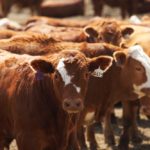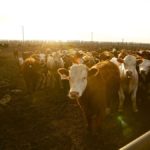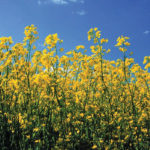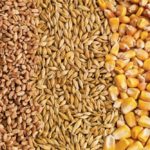While livestock and crop producers were disappointed with the May 5 announcement from the federal government that the industry was receiving only $252 million in pandemic assistance, other sectors appreciated the help. McCain Foods for example was glad to hear that about $50 million of that $252 million would be used to support a surplus […] Read more










